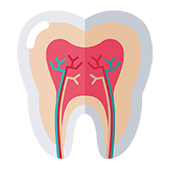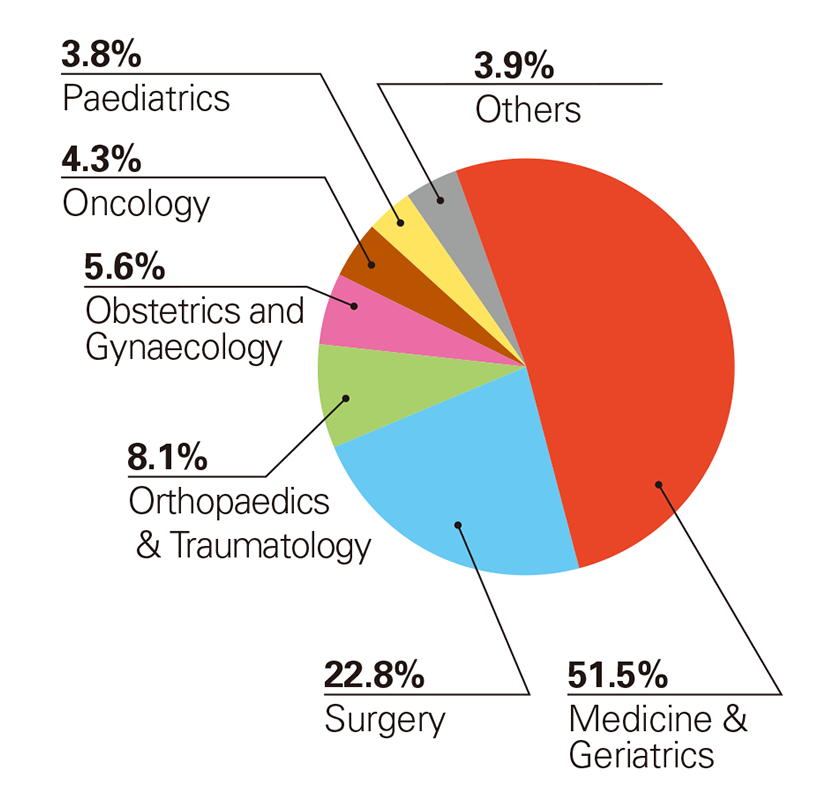
How many lives can be saved by one unit of whole blood?
Blood consists of red blood cells, white blood cells, platelet and plasma, each of which has its specific function in treatment. Red blood cells are used in patients with anaemia; white blood cells fight bacterial infection; platelets are used in the treatment of thrombocytopenia or platelet dysfunction; and plasma can help treat burn patients. Therefore, three or more patients can benefit from one pack of donated blood.
It is often shown in TV dramas that a person with rare blood types has to obtain blood from their lost family members. Is this true?
No. BTS maintains a stable stock level of rare blood types. As it takes time to prepare the blood for transfusion, BTS will not ask donors of rare blood types to give blood only in case of urgent needs.
Can one donate blood after dental treatment?
To avoid bacterial infection, donation can only be made 24 hours after the day of simple dental treatments that require no medication, such as scaling and filling. Those who have undergone extraction and root canal treatment need to defer donation for a week from the day of treatment. Donors on antibiotics for dental procedures can donate blood one week after completing the course of antibiotics.
Can women donate blood during their menstrual cycle?
Yes. Menstruation does not affect the eligibility for blood donation. Yet menstruating women are recommended to have a full night sleep of six to eight hours the night before donation and get adequate rest afterwards. Deferment in donation is recommended if they have period pain or feel unwell.
Whole blood donation
Blood component
Eligibility of donor
• Aged 16-66 (Donation is possible up to the age of 76 if predetermined conditions are met)
• In good health conditions
• Weigh 41kg (90 lbs) or above
Frequency of donation
• Young donors aged 16 to 17 can give blood three times a year, with an interval of no less than 150 days between two consecutive donations
• Adult females can donate four times a year, with an interval of no less than 105 days between two consecutive donations
• Adult males can give blood five times a year, with an interval of no less than 75 days between two consecutive donations
Apheresis donation
Blood component
Eligibility of donor
• Aged 18-60
• Weigh 60kg (132 lbs) or above
• Good veins preferably on both arms
• Regular donation without any adverse post-donation reactions
• Willing to make regular Apheresis donation at least once a month
Frequency of donation
• Every two weeks
Past records on blood donation
• Youngest donor: 16 years old
• Oldest donor: 76 years old
• Most requested blood type: Type O
• Largest donor centre: West Kowloon Donor Centre with an area of 620 sq. m.
• Busiest donor centre: Mongkok Donor Centre with a daily average of 200 donors
Usage of red blood cell by specialties in 2016
COVER STORY
● More blood donors make mission possible
● Worker’s life saved after emergency blood transfusion
● From donor to recipient: 10-step journey
● All you want to know about blood donation
● Lesser known stories of blood donation
FEATURE
● Flashback: Recount of hospital development in Kowloon Peninsula
● History of QEH in 120 pictures
● Elders fight depression the nouveau way
● Elderly Council helps regain dignity and confidence
HELEN HA
WHAT'S NEW
● Collaboration key to preparedness for winter surge
STAFF CORNER
● Eat smart and fight flu! – Recommendations from Chinese medicine practitioner
● Eat smart and fight flu! – Recommendations from dietitian
● Policy Address supports HA with new funding
● 舌尖上的人情味 (Chinese version only)



